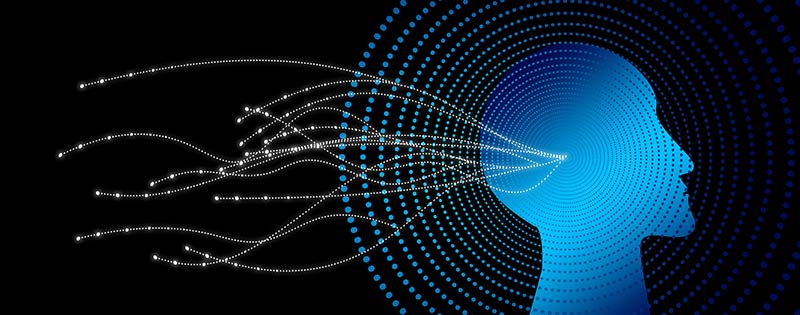by Brent Hearn •
One of the oft-mentioned ticks in the “pro” column for chiropractic is the fact that it doesn’t rely on medication to relieve pain and discomfort. To be clear, that’s no knock on meds; for many ailments, medication is absolutely necessary for treatment.
That said, the opioid crisis has made people understandably wary of the dangers of the misuse of some pain medications. That wariness, along with new research into ways to manage pain, has likely contributed to a more open-minded approach when it comes to nontraditional forms of treatment.
An open mind is old hat for many sufferers of chronic pain. This makes perfect sense if you think about it. If someone has suffered months—or even years—of chronic pain and hasn’t found a consistent source of relief, it’s understandable that they’d be willing to try practically anything if they thought it might help.
So, when a treatment comes along that shows a great deal of promise in the field of chronic pain relief, it’s completely understandable that there’s excitement about it. One treatment that’s earning such buzz is pain reprocessing therapy (PRT).
What is Pain Reprocessing Therapy?
This takes a little explanation, so bear with us…
Many people are familiar with the pain that results from either tissue damage or nerve damage. PRT deals with a type of pain that’s only recently (2017) been classified by the International Association for the Study of Pain: nociplastic pain. Nociplastic pain refers to pain that comes from changes in the central nervous system. Such pain might begin with physical damage, but from there, it can outlast the injury that preceded it.
According to Alan Gordon, the creator of PRT and author of the book The Way Out, “The premise is to teach the brain to interpret signals from the body accurately,” Gordon says. “The brain sees these signals as dangerous, but if we teach the brain that these signals aren’t actually dangerous, the brain flips off those signals, and the pain goes away.”
But Does It Really Work?
If you think dealing with chronic pain by treating the brain rather than treating the part(s) of your body actually in pain seems a bit, well…out there, you certainly wouldn’t be alone. But in one trial, 66% of participants who underwent PRT were pain-free or nearly pain-free after four weeks of treatment. That’s nothing to sneeze at when you consider that: 1) it’s been estimated that about one in five people worldwide suffers from chronic pain, and 2) most other pain management tools don’t come close to that level of success.
Before you go all-in with PRT, you should understand that there’s still a great deal of research that needs to happen. Results need to be replicated in other studies, by other researchers, yada yada yada.
With those caveats in mind, though, if you’re suffering from chronic pain and haven’t been able to find a treatment that works for you, it may be worth discussing PRT with your physician. Remember, chiropractic is far more widely accepted than it once was. Who knows? Perhaps there will come a time when it’s widely accepted that much of the chronic pain people suffer through now is actually easily treatable.
Sources:
https://www.thecut.com/2022/01/pain-reprocessing-therapy.html?regwall-newsletter-signup=true
https://jamanetwork.com/journals/jamapsychiatry/fullarticle/2784694
https://www.colorado.edu/asmagazine/2019/08/30/it-possible-think-pain-away









 ▶︎
▶︎  Why is the Discount Challenge prize amount $15,024? Because that is the average “per-occurrence” fine for Medicare inducements. That’s not $15,024 per patient, that’s not per provider, that’s PER VISIT. Stinks, doesn’t it? To us, the prize amount is worth the investment if we can help our profession better understand proper discounting.
Why is the Discount Challenge prize amount $15,024? Because that is the average “per-occurrence” fine for Medicare inducements. That’s not $15,024 per patient, that’s not per provider, that’s PER VISIT. Stinks, doesn’t it? To us, the prize amount is worth the investment if we can help our profession better understand proper discounting.